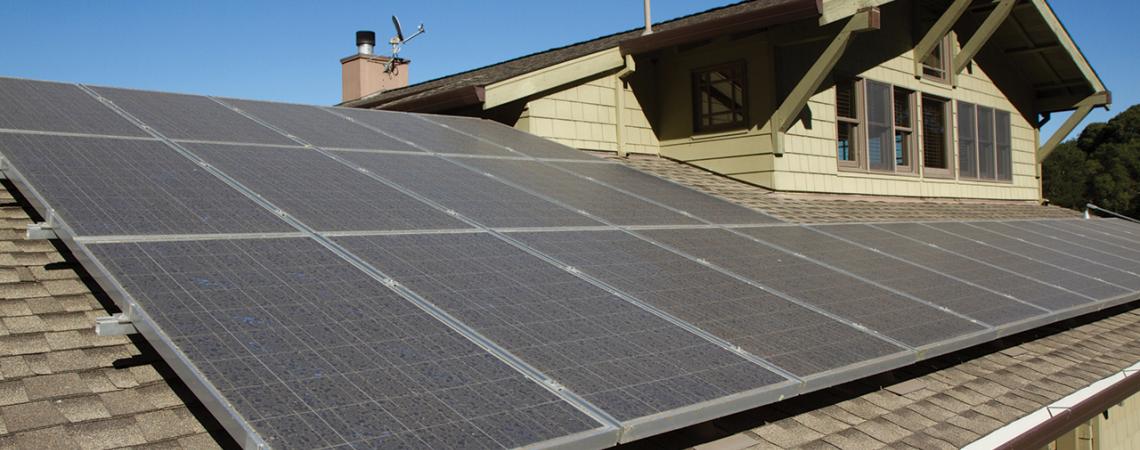Credit: Getty Images
There are lots of reasons that electric consumers may check into the possibility of generating some of their own power — after all, sunshine and wind are seemingly free, and modern technology has made it possible to use those resources at the household or building level in a way that’s never been possible.
But there’s much to consider before making that decision: economics — the real monetary potential of the system; safety — for both consumers and lineworkers trying to restore power during an outage; and reliability — ensuring a steady flow of electricity.
While installation contractors will have varying levels of expertise on those matters, your local electric cooperative has trained energy advisors on staff who are qualified to advise members when it comes to installing new systems.
“When members add these systems to their property, they need to stay connected to the grid, which means they’re still going to be members of their co-op, they’re going to get a bill from their co-op,” says Ben Wilson, manager of power delivery engineering at Ohio’s Electric Cooperatives, the power supplier and service organization for the state’s co-ops. “Our co-ops pride themselves on being experts who can educate their members on the economics and technical issues involved with these small-scale renewable interconnections. Members should take advantage of that expertise.”
Solar panels do not produce energy at night, and the wind doesn’t always blow. Short of effective and economical storage systems, which aren’t available yet, members need to remain connected to the grid. These properly interconnected generation systems allow members to power their homes or businesses with renewable energy, while still keeping the lights on using the co-op’s distribution system. Systems that are interconnected can then feed power back into the electric grid when the system produces more than the consumer needs.
Co-ops offer community solar as an alternative to interconnected systems
Small-scale renewable projects can be costly, unsightly, and potentially damaging to building structures. Consistent with cooperative principles, where doing things together is more efficient than doing things on our own, cooperatives launched a new community solar project in Ohio called OurSolar. Most electric cooperatives in Ohio offer community solar projects that members may subscribe to and thus avoid having to put up panels on their property. But the cooperative staff understands that some consumers will want to do it on their own.
That’s the reason co-op members who are interested in generation systems should contact their cooperative first. “The co-op can help you choose a system that includes the safety and power-quality components you will need to keep everyone — the members, co-op crews, and the rest of the community — safe,” Wilson says. “If a storm hits and a power outage occurs, for example, generation systems have to be able to properly disconnect from the electric grid to ensure that lineworkers are not injured or electrocuted while they’re restoring power.” As part of the process, the co-op and consumer-member will need to sign an interconnection agreement that will specify the technical aspects and financial requirements of the interconnected renewable system.
“Any member, large or small, that wants to generate and feed power back into the grid needs to understand the requirements for an interconnection,” Wilson says. “We want to support the member who wants to put 10 solar panels on a roof, the dairy operation with a large biodigester, the wind turbine at an industrial plant, and the member who simply wants renewable energy to supply a small part of their power needs without a significant financial investment. They all have interconnection requirements that make sure the delivery of power is safe and reliable.”
In addition to safety concerns, members who are interested in generation systems should contact their co-op to review applicable metering rates. When a member’s panels feed excess electricity back into the grid to be used elsewhere, their utility bill will be adjusted to reflect the additional power the system provided. Individual co-ops have their own policies and rates for how this is determined.
“The way we generate and use electricity is evolving,” Wilson says. “We want to work together with our member-owners to ensure a safe, reliable electric system. The co-op is here to help.”









